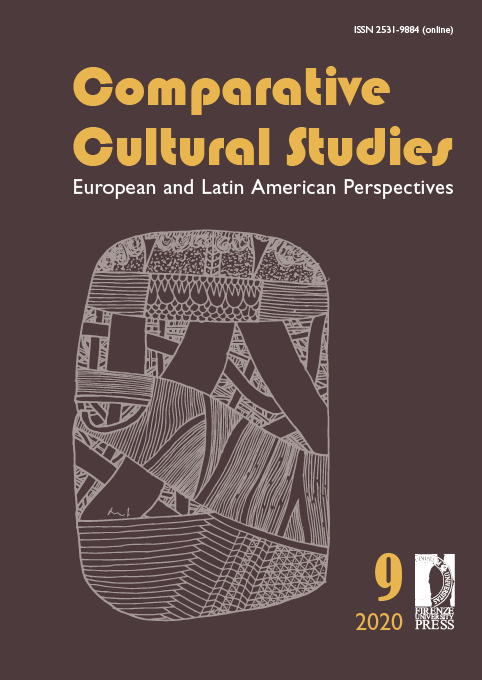Published 2020-07-06
Keywords
- Rumba complex,
- Guaguancó,
- Yambú and Columbia
How to Cite
Abstract
The following study is aimed at exposing the importance of the Rumba Complex, which emerged in Cuba in the 19th century, not only for Cuban culture but also as a rhythm of resistance of the popular sectors of the country mainly of the descendants of Africans, who through the rumba they assumed positions of defense of their identity, their sense of belonging as popular and more oppressed sectors, their Cuban, the characteristics of this complex of Cuban music formed by several genres, its origin, the way of dancing are treated, the instruments that are used emphasizing the guaguancó as a genre best known throughout the country and more practiced, the most recognized artistic figures that contributed to the promotion of rumba at national and international level and the different spaces such as the Cinema, television, theater. The paper refers to the relationship between the port-city and the migration of Hispanics and Africans brought as slaves to the Island and that in a cultural exchange their descendants created one of the most prominent rhythms in the Cuban musical stave , but that contributed to the identity of the Cuban people and to develop links between the practicing sectors belonging to the dispossessed classes, the profane nature of the rhythm is also related. For the study we used a bibliography of different authors featured in the studies of the Musical Complex of the Rumba different.


